With more than a hundred years of its humble existence, Ramjas College stands tall as one of the most integral and defining colleges of the University of Delhi. Dig in deep to know how Ramjas contributed during the freedom struggle of India and has left its impressions in the history of our country’s independence movement.
Founded by the great educationist and philanthropist, Rai Kedar Nath, Ramjas College, stands mighty, more than a hundred years after it opened its doors to the students. Being one of the oldest colleges of Delhi, it was initially affiliated with University of Punjab, Lahore up to intermediate level.
The college has played greatly when it comes to the independence struggle of India. During the Quit India Movement in the year 1942, a group of students from the college had participated in the Quit India movement and had to face the repercussions from the British. In order to honour their brave spirit, a plaque with their names had been put up in the college in their memory some years later after India attained its Independence.
A part of the plaque reads, “This plaque is being erected in the cherished memory of Ramjasians who valiantly and fearlessly participated in the Quit India Movement-1942 and suffered imprisonment and privatisations.”
A plaque at the Ramjas college which has the names of the students who took part in the independence movement
As a part of oral histories of the college, it is also believed that during the time of the freedom struggle, the famous freedom fighter Chandrashekhar Azad took refuge in the college by disguising himself as a Sikh student from Pakistan.
Two of the college’s students, Ram Bihari Mathur and Saxena have sentenced life imprisonment and were shipped off to the islands of Andaman by the British forces.
The college played a monumental role in education by running in two shifts during the Partition, much like IP College in order to cater to students who came from the Lahore University and had migrated as a result of the partition.
The college was later inaugurated at its new location by Mahatma Gandhi, thereby reinforcing the strong ties of nationalism and patriotism which are associated with the college.
With Dr B.R. Ambedkar as the Chairman of the Governing Body of the college, the institution had the honour of having him on the chair.
Amongst other dignitaries, Dr Rajendra Prasad had inaugurated the current building of the college.
Even after the independence struggle, the college continued to host people from varied political spectrums but with one common goal- of reaching the mission of leading lives with dignity and giving value to human life, no matter what race, colour or background a person might have. This was also emphasised in the late 1950s when the famous black American leader Dr Martin Luther King Junior paid a visit to the college and gave a memorable speech to the students.
As the college ventures into its 103rd year, it continues to be a living legacy which has stood the tests of times and continues to be a leading figure in the sphere of contemporary Indian politics and stands as a major turf for moulding students as leaders of tomorrow.
Image credits
- Aakarsh Gupta for DU Beat
- Udeshay Khurana for DU Beat
Amrashree Mishra

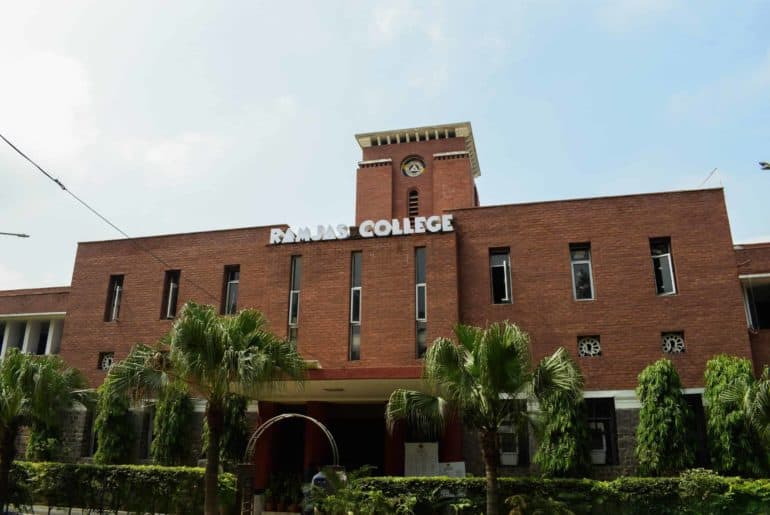
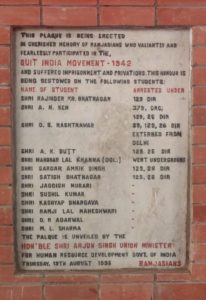
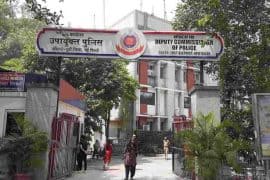
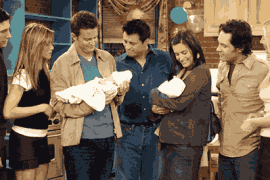
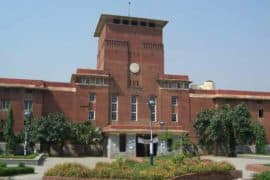
Comments are closed.